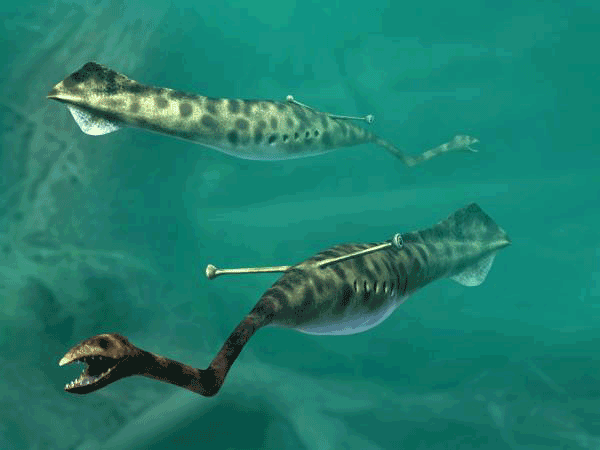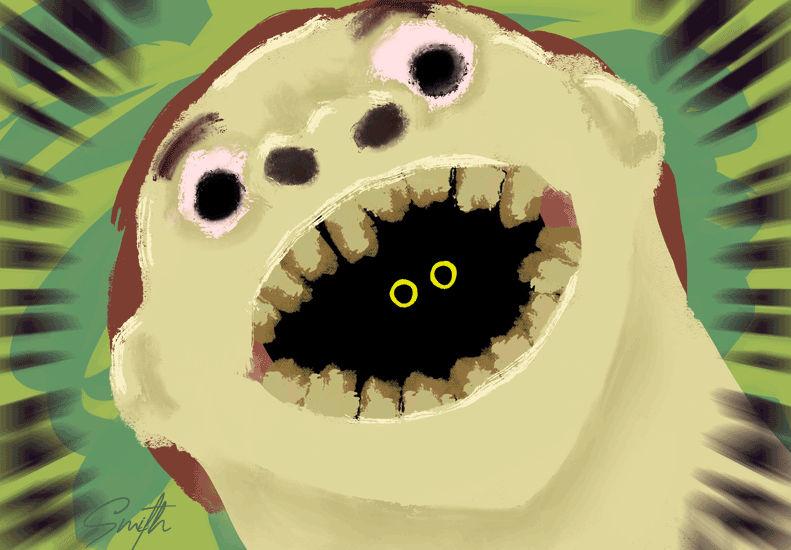Our understanding of the universe is being challenged once again. In the middle of a dwarf galaxy called Henize 2-10, a fascinating event is taking place: a black hole is busy creating stars instead of destroying them.

How can a black hole create stars?
According to NASA, gas erupts from this black hole "like [water from] a garden hose" and hits a patch of dense gas, slowing its outflow. Because of this arrangement, the gas is able to cool back down and form stars. Gas clouds caught in an outflow in a galaxy of greater size with a black hole of greater mass would be heated far beyond their ability to cool and form stars. Not only that, but magnetic fields in a bigger galaxy would draw the matter away, further impeding the ability to make stars.
Located 30 million light-years away in the constellation Pyxis, this black hole was also controversial because scientists could not agree that it was, in fact, a black hole. But this new information proves it.
"Hubble's amazing resolution clearly shows a corkscrew-like pattern in the velocities of the gas, which we can fit to the model of a precessing, or wobbling, outflow from a black hole... It is effectively our smoking-gun proof that this is a black hole." - Amy Reines, NASA scientist
It was suggested by some astronomers that it was a supernova remnant, or the outcome of a supernova explosion. However, the black hole's behavior gives it away. The pattern of the gas clearly proves that it is a black hole, according to NASA.
How were black holes originally formed?
As we continue to explore our universe using tools like the Hubble Space Telescope, we work toward solving more mysteries, such as how did the first black holes form? More dwarf galaxy black holes will be studied in the future to answer this question.
"The era of the first black holes is not something that we have been able to see, so it really has become the big question: where did they come from?" - Amy Reines, NASA scientist
Notes:
"Hubble Finds a Black Hole Igniting Star Formation in a Dwarf Galaxy". NASA. Jan 19, 2022.: https://www.nasa.gov/feature/goddard/2022/hubble-finds-a-black-hole-igniting-star-formation-in-a-dwarf-galaxy
"Supernova Remnant". astronomy.swin.edu.au. https://astronomy.swin.edu.au/cosmos/s/supernova+remnant










